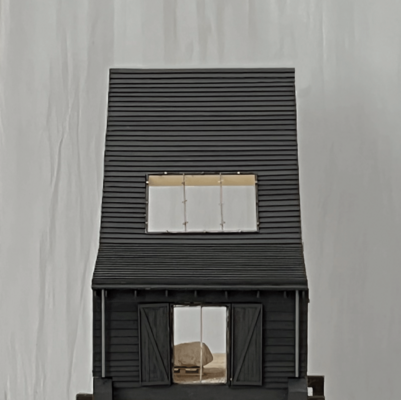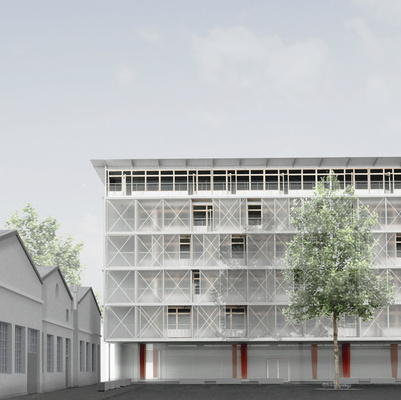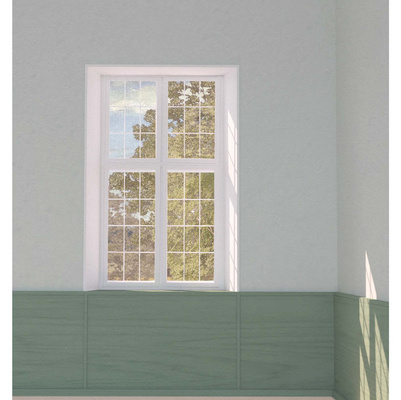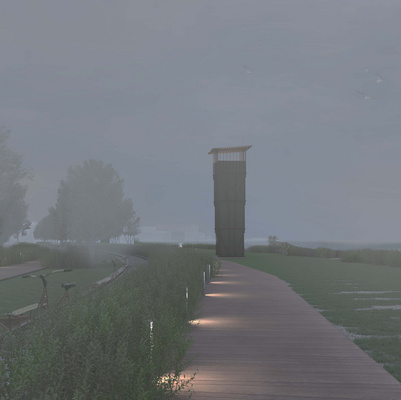The sources of Denmark’s two largest rivers are 400 meters apart. Gudenåen runs towards the east coast, while Skjern Å moves towards the west coast. Between these two rivers sources is Hærvejen which crosses in a north/south direction. The water from the sources consists of groundwater so clean that its drinkable.
Today there is a wish from the municipalities around these areas, to revitalize their forgotten nature and cultural treasures, situated along Hærvejen and the two rivers. Close to the source of Gudenåen, ruins from Tinnet badebassiner can be found, also known as Danmarks first waterpark, from around the 1920-1950th.
A Chapel of Water is proposed around an existing ruin, emphasizing this area that is unknown to many. Walls of rammed earth may eventually disappear while its foundation stays as a monument.
The project aims to create a space for people seeking meaning and significance in nature- and cultural experiences rather than religion.




























